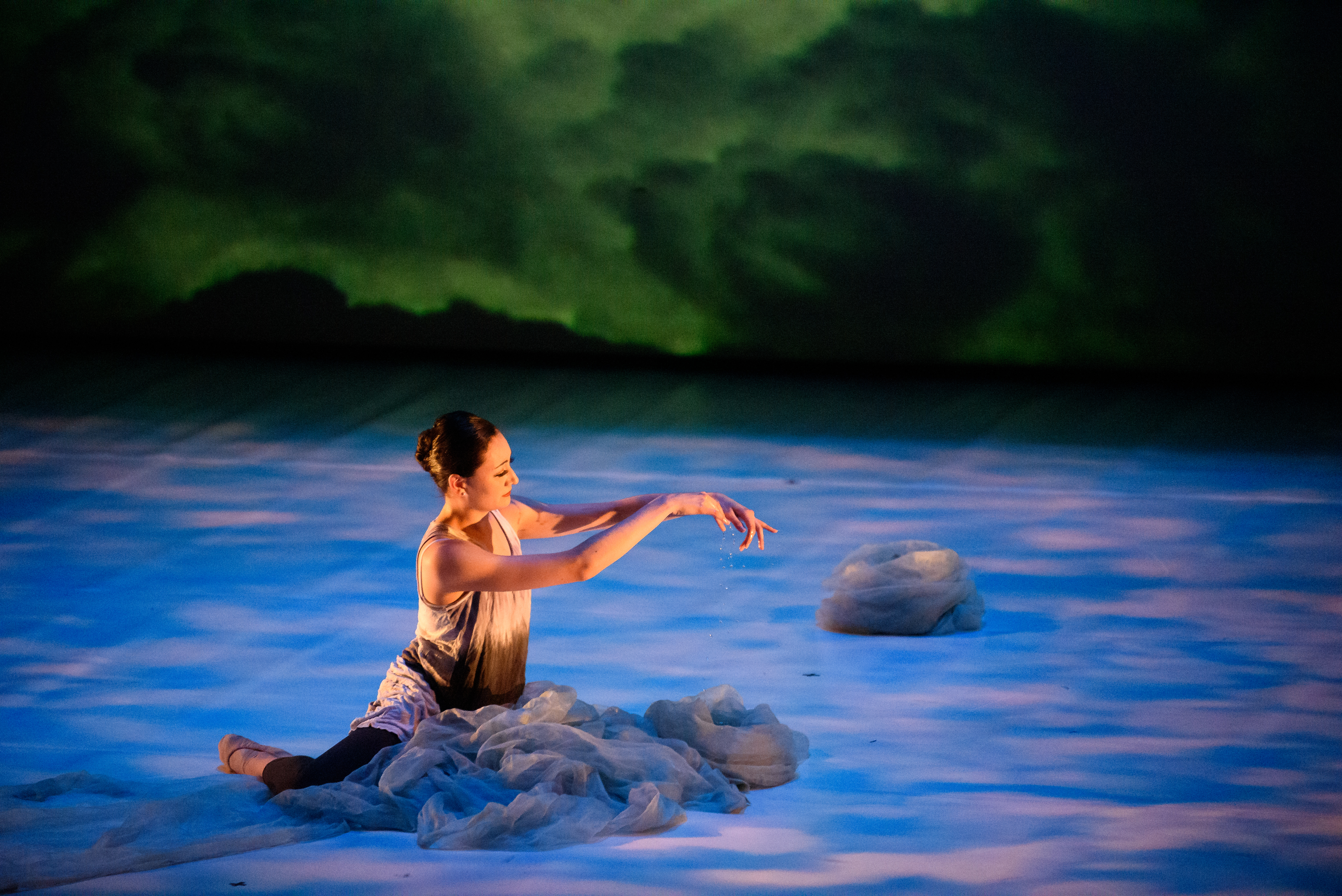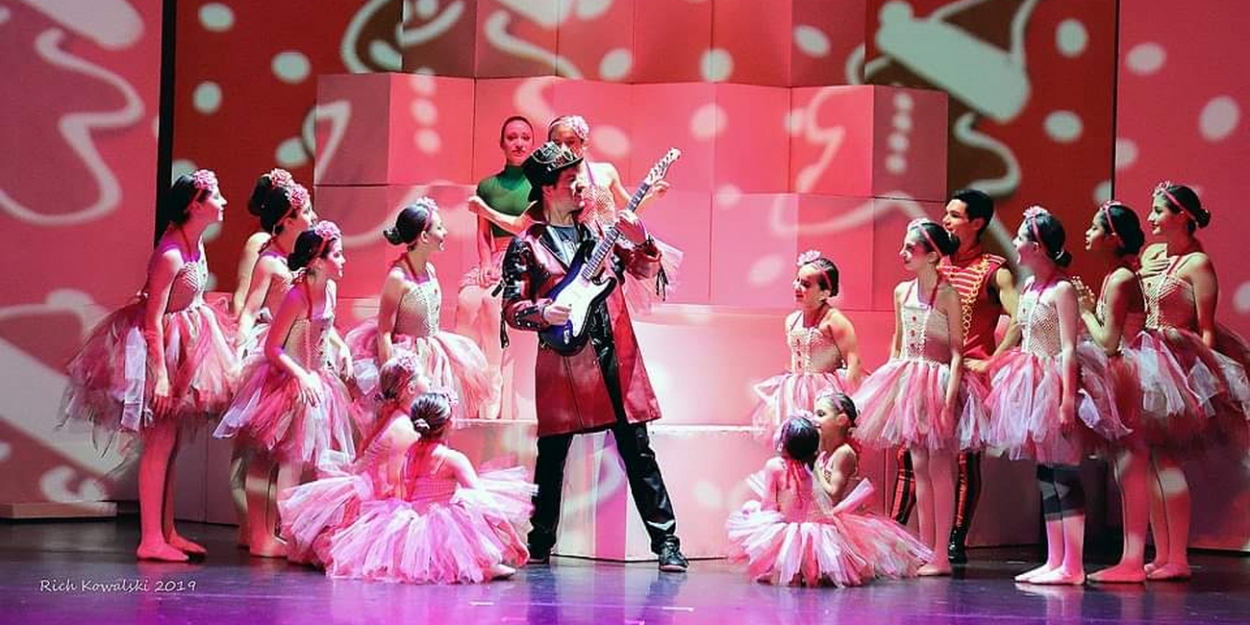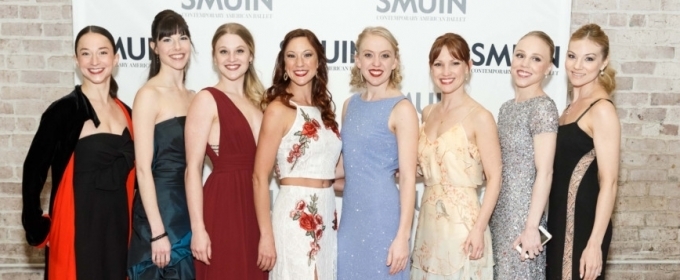People often ask me: why did you create a ballet on climate change? I wanted to communicate what climate change looks like.
Art can have an impact on climate change because it affects our perceptions and arouses gut feelings about the issue. The immediacy of the live performance connects us on a visceral and emotional level to the climate crisis in a way that political discussions and news articles cannot.
I have a foot in the fields of climate politics and dance. I trained professionally at the Charlotte Ballet and continued to dance and choreograph in Washington DC with my dance company, MOVEIUS Contemporary Ballet. At the same time, since 2007, I have worked for major think tanks and multilateral climate policy organizations. Maintaining a dual career isn’t always easy, but it’s incredibly rewarding when I can combine these two areas.
Working in the climate field, I am filled with a sense of deep admiration for colleagues around the world who dedicate their lives to this issue. In UN negotiations, which I have attended on and off for 10 years, there is a sense of dynamism, urgency and desperation as delegates work until 4am. But, that sense of purpose, of motivation, of enough attention to survive on 2 hours of sleep, was hidden inside a convention hall.
I realized that a work of art could share this feeling with a wider audience. A meaningful live performance can trigger an immediate gut reaction. Could a show strive to replicate the same visceral sentiment about climate so recognizable to those deeply engaged?
Yes. A show can trigger that hard-to-define, visceral and painful feeling of caring about climate change. It’s a real-time experience of something looming amorphously into the ever-closer future.

In my unscientific experience of GLACIER: a ballet on climate change, this hypothesis was validated by the spectators. At the Global Climate Action Summit last year in San Francisco, GLACIER became the first ballet to participate in an international climate conference. After each show, people lined up to talk to me.
Representatives from a local decision makers association gave me their cards, asking if we could find a way to bring the ballet to their hometowns. Someone has floated the idea of a Red States tour. Two Chinese delegates asked if we could fundraise to come to China. Professors from Stanford and Iowa have asked me to consider bringing GLACIER to their campuses. Would I consider creating a new ballet in connection with their environmental programs? I collected a ton of business cards from people who wanted to bring GLACIER to their town.
Audience members THANKED me for creating the play. Members of the Natural Resources Defense Council bought a row of seats, thanking me as they walked out. It’s rare to be thanked for doing a dance piece. Most of the time, it’s the choreographer who says “thank you for coming!
Art, and especially dance, can also explore non-traditional viewpoints. Glaciers are not alive, but what if they were? How would they feel and what would they say? These views may not be scientifically real, but they provide another perspective with which to relate to climate change. Dance is a great way to personify a lot of things, from abstract concepts to real characters.

In GLACIER, the dance personifies ice and climate change.
Journalists have asked what I hope to accomplish with the ballet. There is not just one goal. Bringing the coin into the world only has value. Art is always open to interpretation, and experience cannot be dictated. But some things point to an efficient and striking performance.
If the piece elicits an instinctive feeling of caring about climate change, however fleeting it may be, it’s a hit.
If I’ve created something that resonates with my climate colleagues, where they instinctively know “this is why I do what I do”, that’s success.
If an audience member tears up, it’s a hit.
If an audience member wants to bring GLACIER to their school, hometown, or country, it’s a hit.
So far, all of these things have happened, and I look forward to further feedback following our performance of GLACIER at Climate Week in New York, from September 23 to 25, 2019.
For more Earth, Animal, Life, Vegan Food, Health and Recipe content posted daily, don’t forget to subscribe to the Newsletter A Green Planet!
Public funding gives One Green Planet a greater chance of continuing to provide you with high quality content. Please Support!





